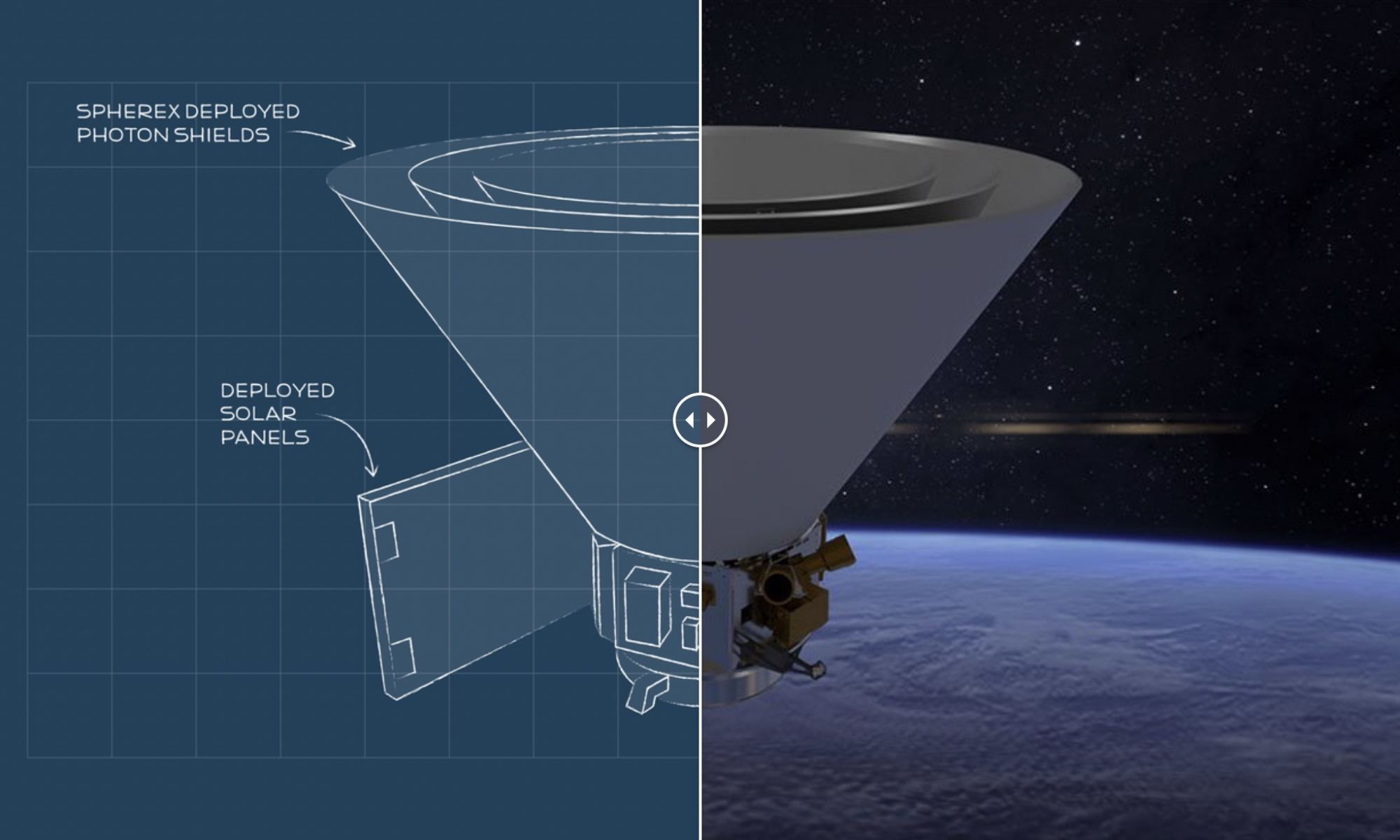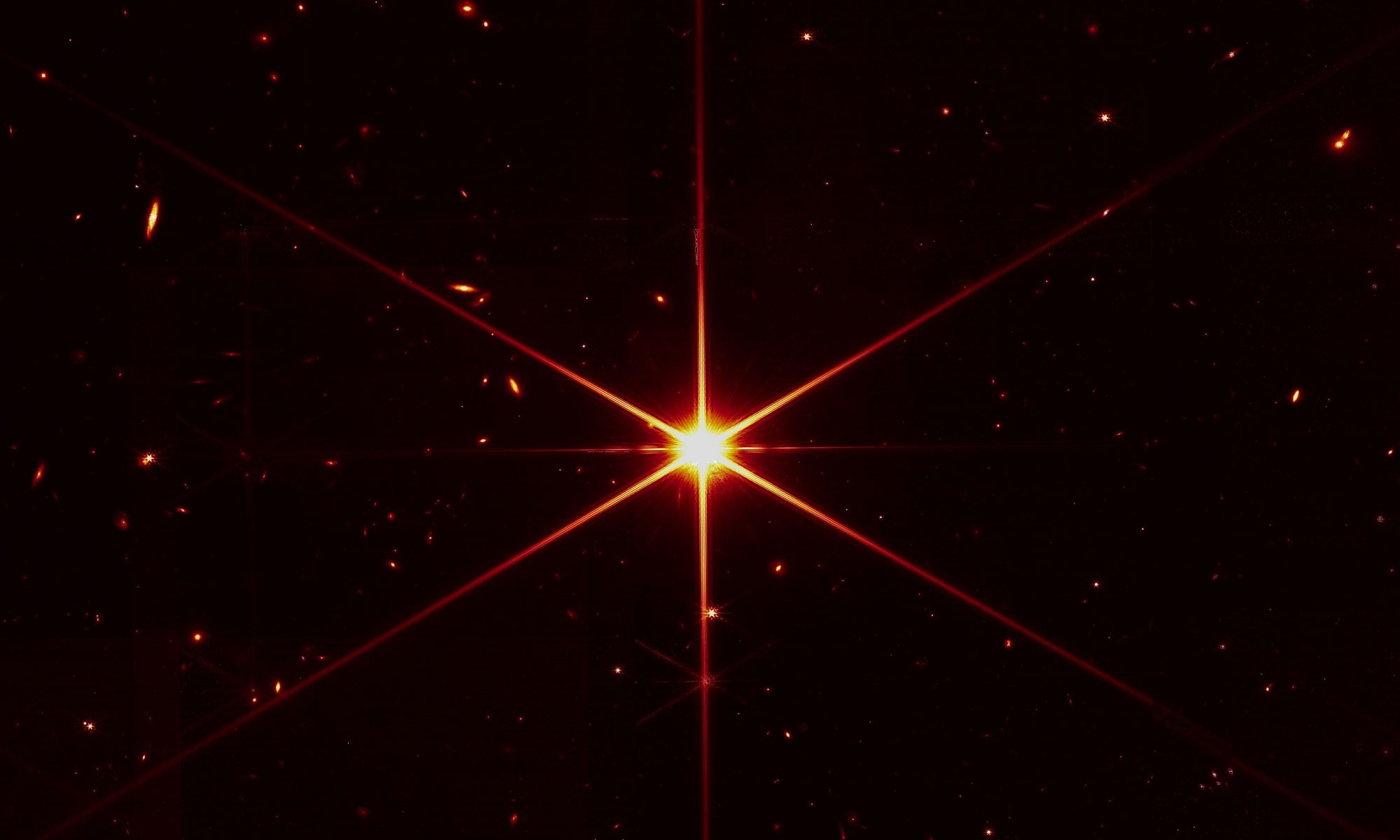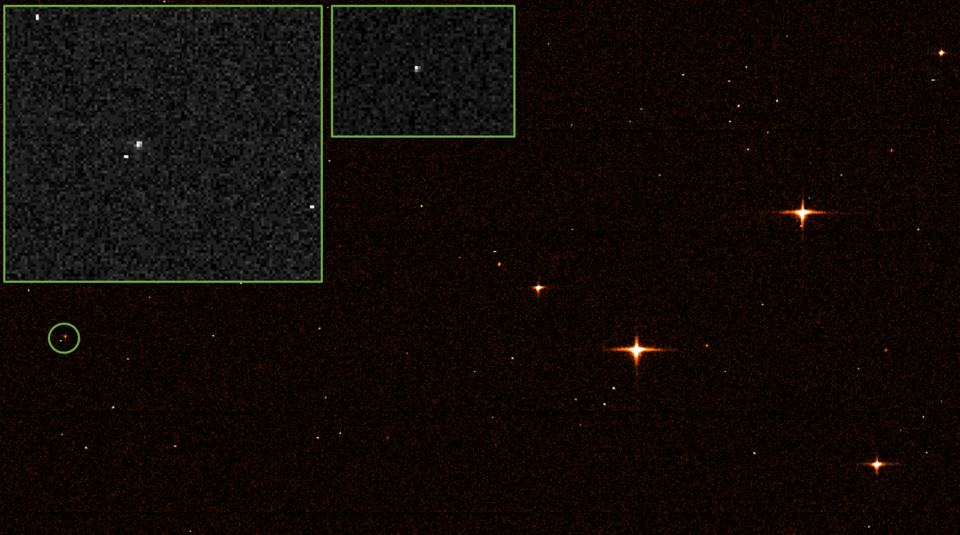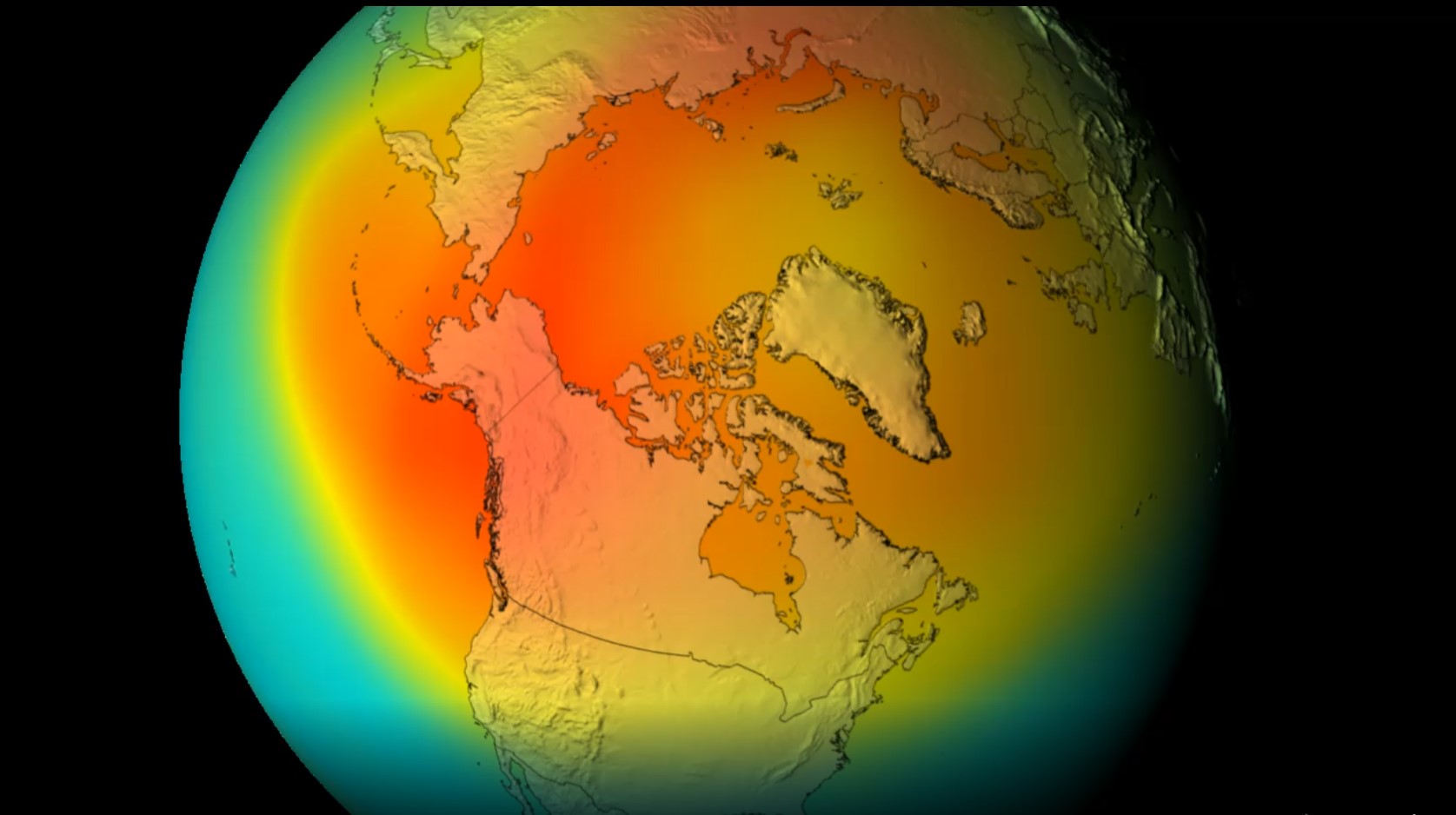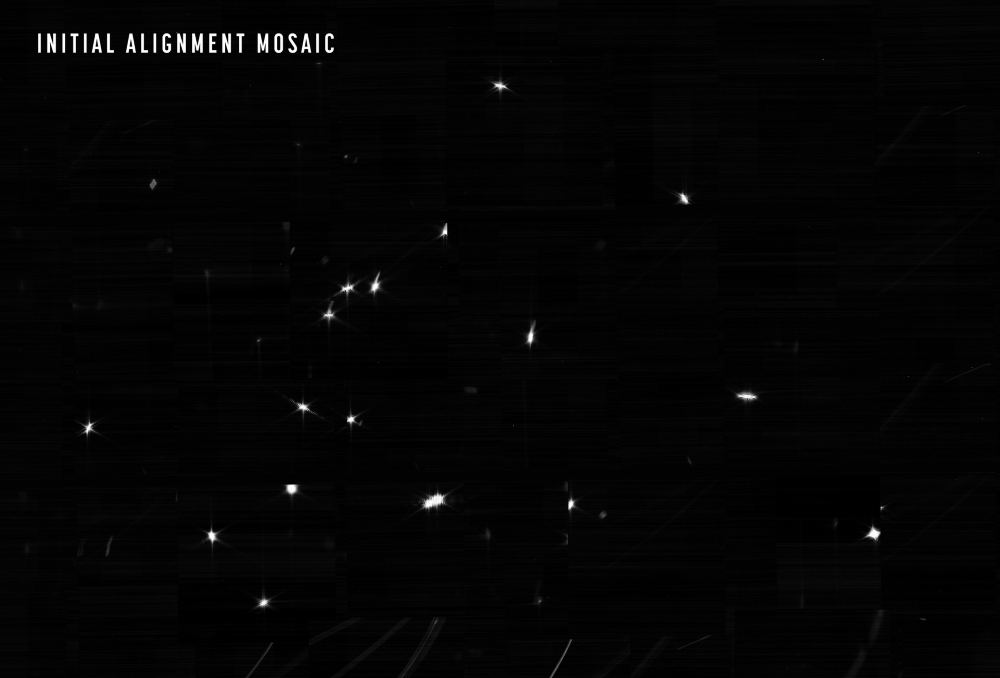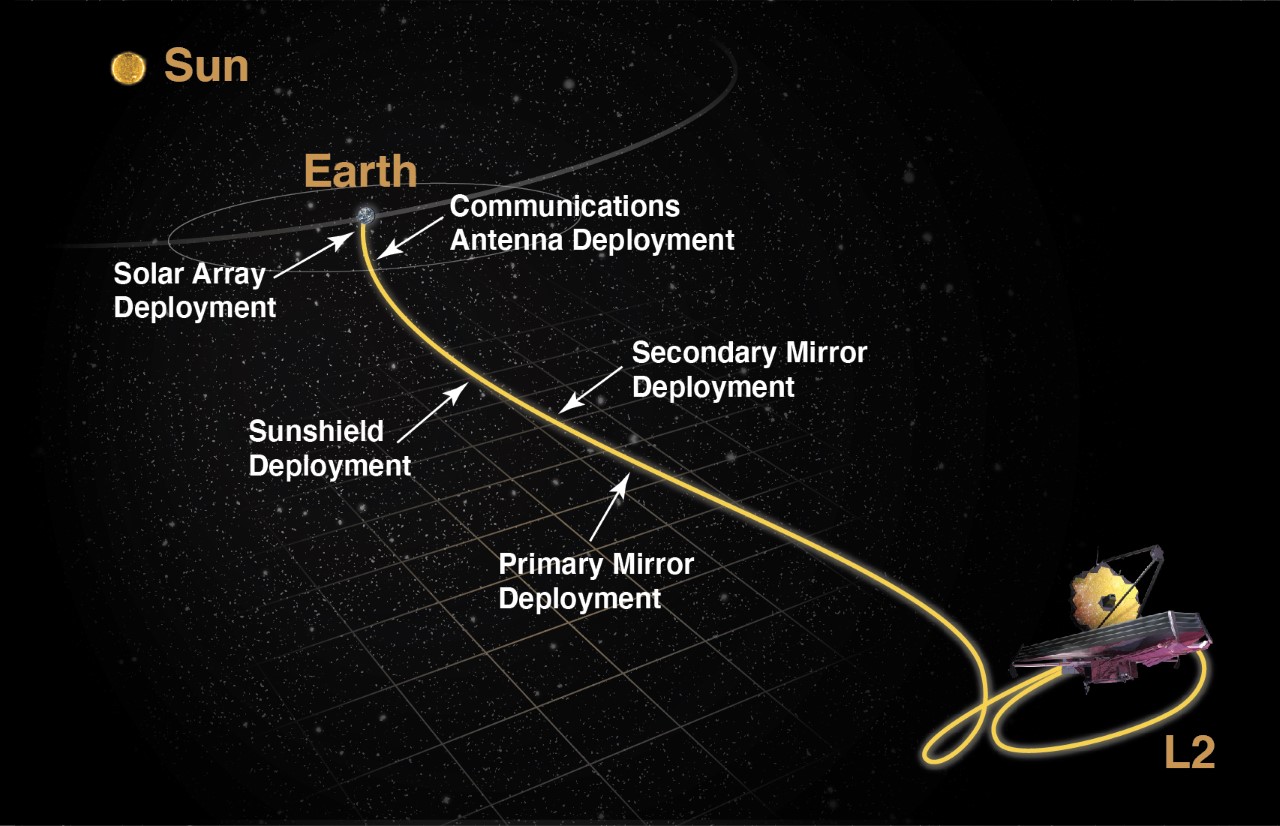The universe is cold and dark. And yet, within the dark, there is a faint glow of warmth. Across the sky, there are objects that emit infrared light, similar to the light that warms your hands near a campfire. By observing this light, astronomers can see the cosmos in a way that looks very different from that seen by our eyes.
Continue reading “NASA's Upcoming SPHEREx Mission Will map the Entire Universe in Infrared Every 6 Months”Machine Learning Will be one of the Best Ways to Identify Habitable Exoplanets

The field of extrasolar planet studies is undergoing a seismic shift. To date, 4,940 exoplanets have been confirmed in 3,711 planetary systems, with another 8,709 candidates awaiting confirmation. With so many planets available for study and improvements in telescope sensitivity and data analysis, the focus is transitioning from discovery to characterization. Instead of simply looking for more planets, astrobiologists will examine “potentially-habitable” worlds for potential “biosignatures.”
This refers to the chemical signatures associated with life and biological processes, one of the most important of which is water. As the only known solvent that life (as we know it) cannot exist, water is considered the divining rod for finding life. In a recent study, astrophysicists Dang Pham and Lisa Kaltenegger explain how future surveys (when combined with machine learning) could discern the presence of water, snow, and clouds on distant exoplanets.
Continue reading “Machine Learning Will be one of the Best Ways to Identify Habitable Exoplanets”Wondering About the 6 Rays Coming out of JWST's Test Image? Here's why They Happen
At the Space Telescope Science Institute (STSI) in Baltimore, Maryland, NASA engineers are busy aligning the mirrors and instruments on the James Webb Space Telescope (JWST). In the meantime, the mission team has provided us with another glimpse of what this observatory – a successor to the venerable Hubble Space Telescope – will see once it is fully operational. The latest teaser is a “telescope alignment evaluation image” of a distant star that looks red and spiked!
Continue reading “Wondering About the 6 Rays Coming out of JWST's Test Image? Here's why They Happen”ESA’s Gaia Just Took a Picture of L2 Neighbor JWST
Oh, hello there new neighbor! In February, the Gaia spacecraft took a picture of its new closest companion in space at the second Lagrangian point, the James Webb Space Telescope.
Gaia is an optical telescope that is mapping out our galaxy by surveying the motions of more than a thousand million stars. Astronomers for the mission realized that once JWST reached L2, it would be in Gaia’s field of view. It spied JWST when the two spacecraft were a million km apart.
Continue reading “ESA’s Gaia Just Took a Picture of L2 Neighbor JWST”Webb has Now Taken the Sharpest Image the Laws of Physics Allow
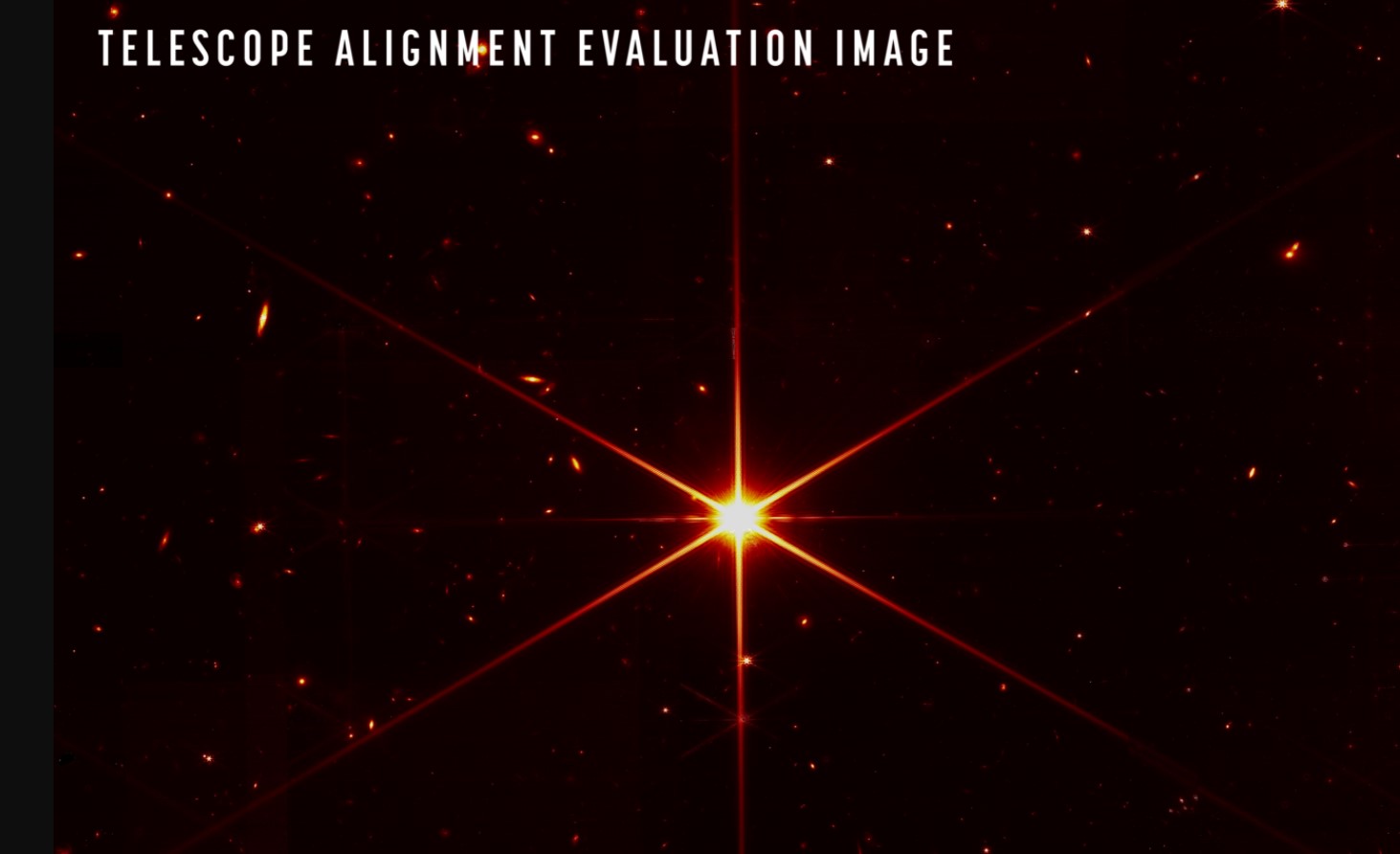
Engineers and scientists for the James Webb Space Telescope have completed two more steps in the telescope’s primary mirror alignment process, and in a briefing today, officials said JWST’s optical performance appears to be better than even the most optimistic predictions.
The team released a new engineering image, showing the star 2MASS J17554042+6551277 in crisp clarity. This image demonstrates that all 18 mirror segments have been precisely aligned to act as one giant, high-precision 6.5-meter (21.3-foot) primary telescope mirror.
Continue reading “Webb has Now Taken the Sharpest Image the Laws of Physics Allow”Webb turns those 18 separate star images into a single unified star. Next comes even better focus.
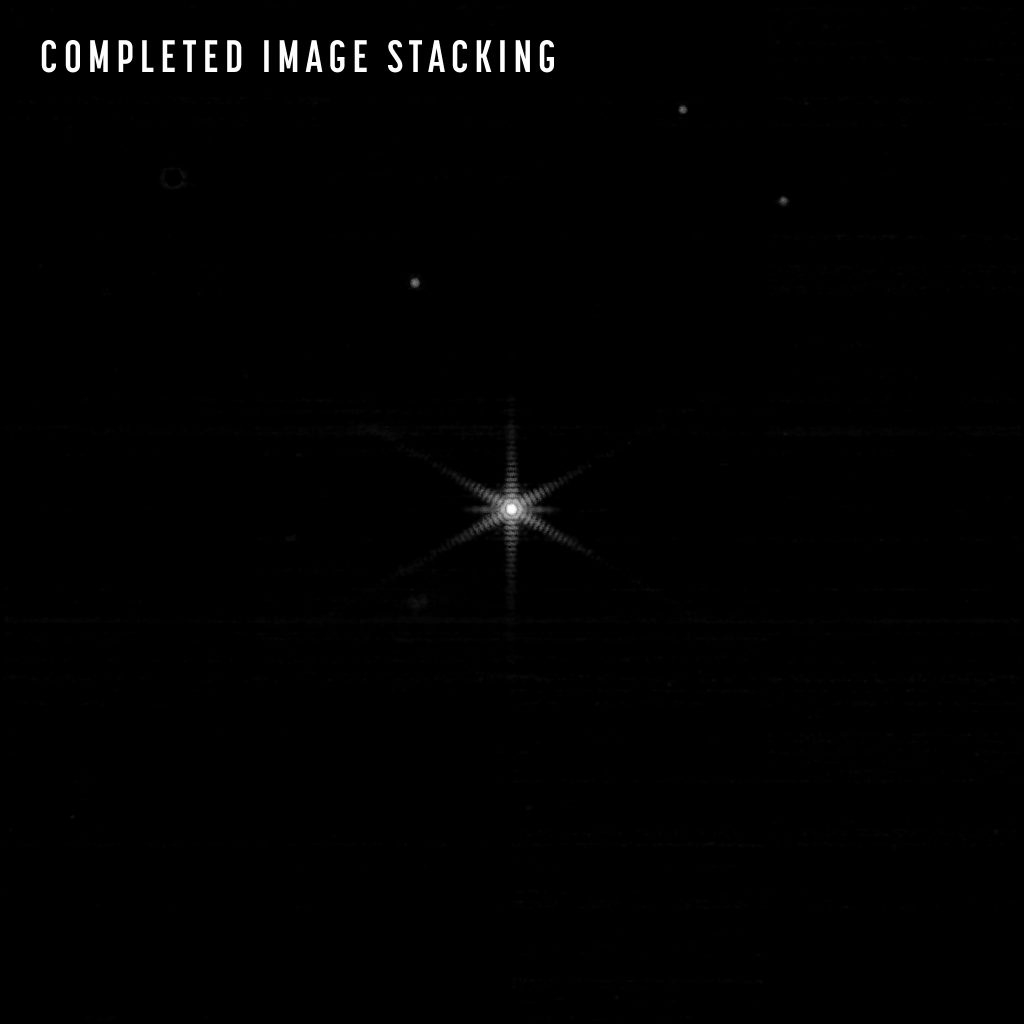
It’s coming together! Engineers for the James Webb Space Telescope have now completed two more phases of the seven-step, three-month-long mirror alignment process. This week, the team made more adjustments to the mirror segments along with updating the alignment of its secondary mirror. These refinements allowed for all 18 mirror segments to work together — for the first time — to produce one unified image.
Continue reading “Webb turns those 18 separate star images into a single unified star. Next comes even better focus.”Here’s Exactly how Engineers Are Aligning JWST’s Segmented Mirrors
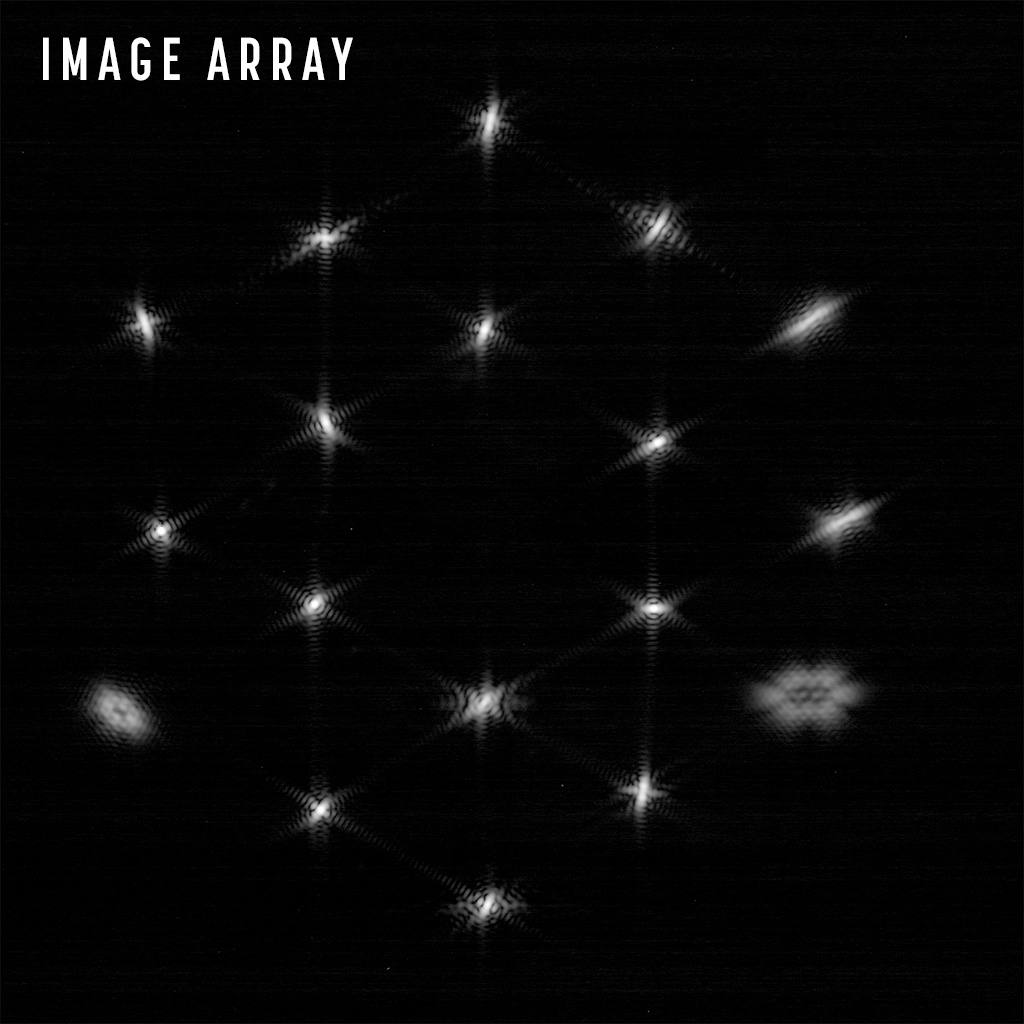
Engineers for the James Webb Space Telescope are in the midst of an intricate, three-month-long process of aligning the telescope’s 18 separate mirror segments to work together as one giant, high-precision 6.5-meter (21.3-foot) primary telescope mirror.
This process, called phasing, began in early February and includes seven different steps, which goes from taking the mirrors’ initial placements after they were deployed to doing a “coarse” and then “fine” alignment, and then making sure the mirror works with all four of Webb’s instruments and their various fields of view.
Continue reading “Here’s Exactly how Engineers Are Aligning JWST’s Segmented Mirrors”James Webb Might be Able to Detect Other Civilizations by their Air Pollution
The James Webb Space Telescope (JWST), launched last December, has been slowly powering up its instruments and unfurling its sunshield, and is now in the process of aligning its mirrors in preparation for operation. Within a few months, the most powerful space telescope ever built is going to set its sights on the stars. Astronomers are hoping that what JWST sees will change the way we understand our universe, just as the Hubble Space Telescope did decades before.
One tantalizing capability that JWST offers that Hubble could not is the opportunity to directly image planets orbiting distant stars, and maybe, just maybe, detect signs of life.
Continue reading “James Webb Might be Able to Detect Other Civilizations by their Air Pollution”James Webb’s First Pictures are Out! But it’s a Work in Progress
Scientists from the James Webb Space Telescope shared the first images from space taken by the new telescope. Since the 18-segment mirror is in the early stages of being aligned, the first image is understandably blurry and a bit jumbled. But its exactly what the team wanted to see.
Continue reading “James Webb’s First Pictures are Out! But it’s a Work in Progress”Want to Know What James Webb Looks Like in Powerful Earth Telescopes? Prepare to be Underwhelmed
The past month has been an exciting time for the James Webb Space Telescope! After launching on Christmas Day, the telescope spent the next few weeks deploying its mirrors, checking the individual segments, and then maneuvering to L2, where it will spend the next ten to twenty years unlocking the mysteries of the cosmos. According to NASA Administrator Bill Nelson, the Chief Science Communications Officer (CSCO) for the JWST and the Hubble Space Telescope (HST) for the ESA, James Webb will begin collecting light this summer.
To mark the occasion, the Virtual Telescope Project (VTP) captured images of James Webb to give people a sense of what it looks like in orbit. Unfortunately, there’s not a lot to see there, other than a bright dot in the night sky. But like Carl Sagan’s famous “Pale Blue Dot” picture of Earth (taken by Voyager 1 on its way out of the Solar System), or Cassini’s “The Day Earth Smiled” image, there’s a tremendous amount of significance in that small point of light.
Continue reading “Want to Know What James Webb Looks Like in Powerful Earth Telescopes? Prepare to be Underwhelmed”
